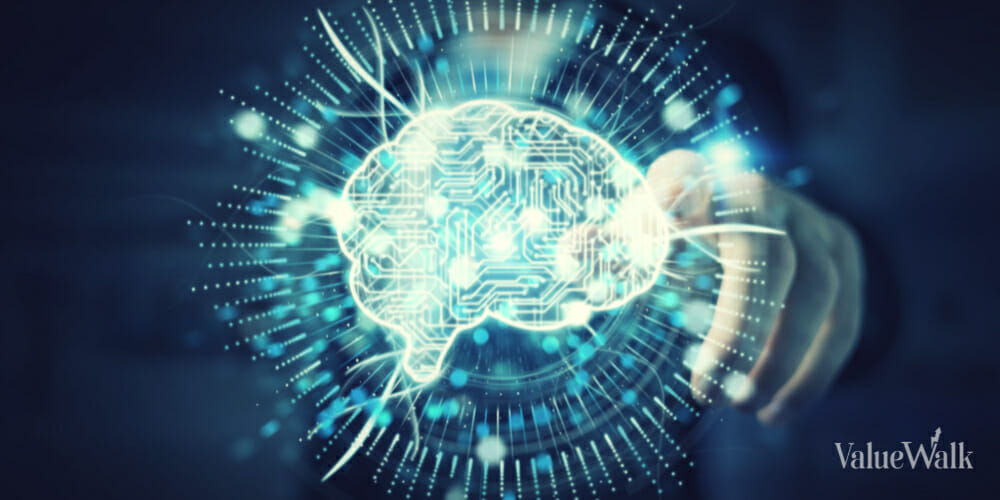Artificial intelligence (AI) technology has gained immense popularity in recent months due to its remarkable capabilities, but its true nature can be confusing for many. AI refers to the ability of a computer or machine to learn from previous experiences.
It is able to understand and respond to various inputs such as written prompts, math problems, and images. This technology finds application in diverse areas, from content recommendations on social media platforms to self-driving cars.
Looking At Different Elements Of AI
Different types of AI exist, each with its own set of capabilities. Machine learning, for instance, allows machines to learn from data without manual programming and is used in apps like TikTok and Snapchat to offer interactive filters based on users’ physical features.
Deep learning deals with complex patterns and datasets, making it particularly useful for processing image inputs. Another type of AI is expert systems which are designed to mimic human-level decision-making skills. While these systems are not self-aware, they do have the ability to scale to decision making that is at a human level.
Businesses are rapidly integrating AI into their operations. This year alone between governments and business the global spending on AI is expected to surpass $500 billion. With AI’s versatility to be helpful in a wide array of areas there is no surprise here that the use is being adopted quickly.
This adoption of AI is expected to continue growing, with a projected 63% increase in AI investment over the next three years. According to Per Ark Invest, AI is estimated to contribute $200 trillion to global economic output by 2030.
AI In Our Everyday Lives
There are many common AI capabilities that are easily recognizable in our everyday lives. For example computer vision is used for extracting information from images and videos in order to understand it. This is how Apple Face ID works to unlock their devices.
Another commonly used AI application is natural language processing which is used in Microsoft translator. This uses AI to enable computers to understand human languages so that they can respond appropriately into various formats. Generative AI is a method of algorithms that take use of existing information to make new content.
This type of AI is being used in all sorts of ways right now from creating images, novels and even new music. Lastly predictive analytics takes data mining and statistical analysis to predict the future such as in the way Google Maps can estimate how long it will take to get you somewhere.
How To Properly Incorporate AI Into Your Business Operations
The incorporation of AI into business operations can have significant benefits. It can enhance efficiency and productivity by automating menial tasks, enabling employees to focus on maximizing their human capital. AI can streamline talent management by assisting in the hiring process, identifying high performers, and suggesting fair compensation.
It also improves data monitoring and shortens development cycles. Aside from this, this is really only the beginning to what all AI can really do for business operations as it is continually being developed.
To successfully implement AI, businesses should follow certain steps in order to really maximize its effectiveness. First, they need to assess their business needs and determine how AI aligns with their objectives. Setting short-term goals related to financial benefits and operational requirements is crucial.
Next, they should evaluate their capabilities and consider options such as outsourcing AI development, collaborating with partners, or utilizing internal resources. Lastly, businesses must prepare their data and start with smaller projects to test the AI’s performance to make sure that moving forward is the right step to take.
Bringing It All Together
One noteworthy example of AI is the input agnostic language model, capable of extracting data from any document, regardless of type, format, or language, including handwritten content.
This AI can even recognize physicians’ handwriting with up to 92% accuracy, eliminating the need for time-consuming data collection or labeling. Such AI models demonstrate how businesses can leverage AI technology to enhance their capabilities and transform their operations.
Learn more about how intelligent document processing is changing the game in the infographic below:













